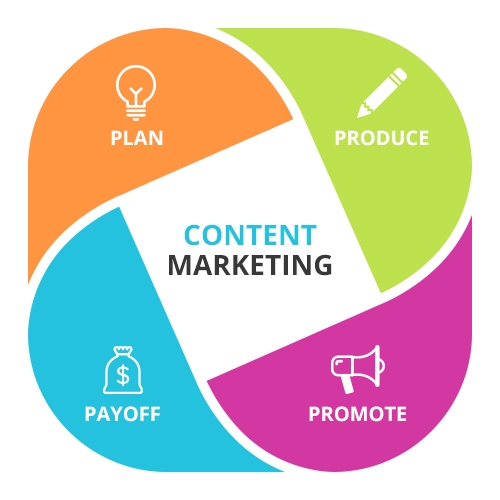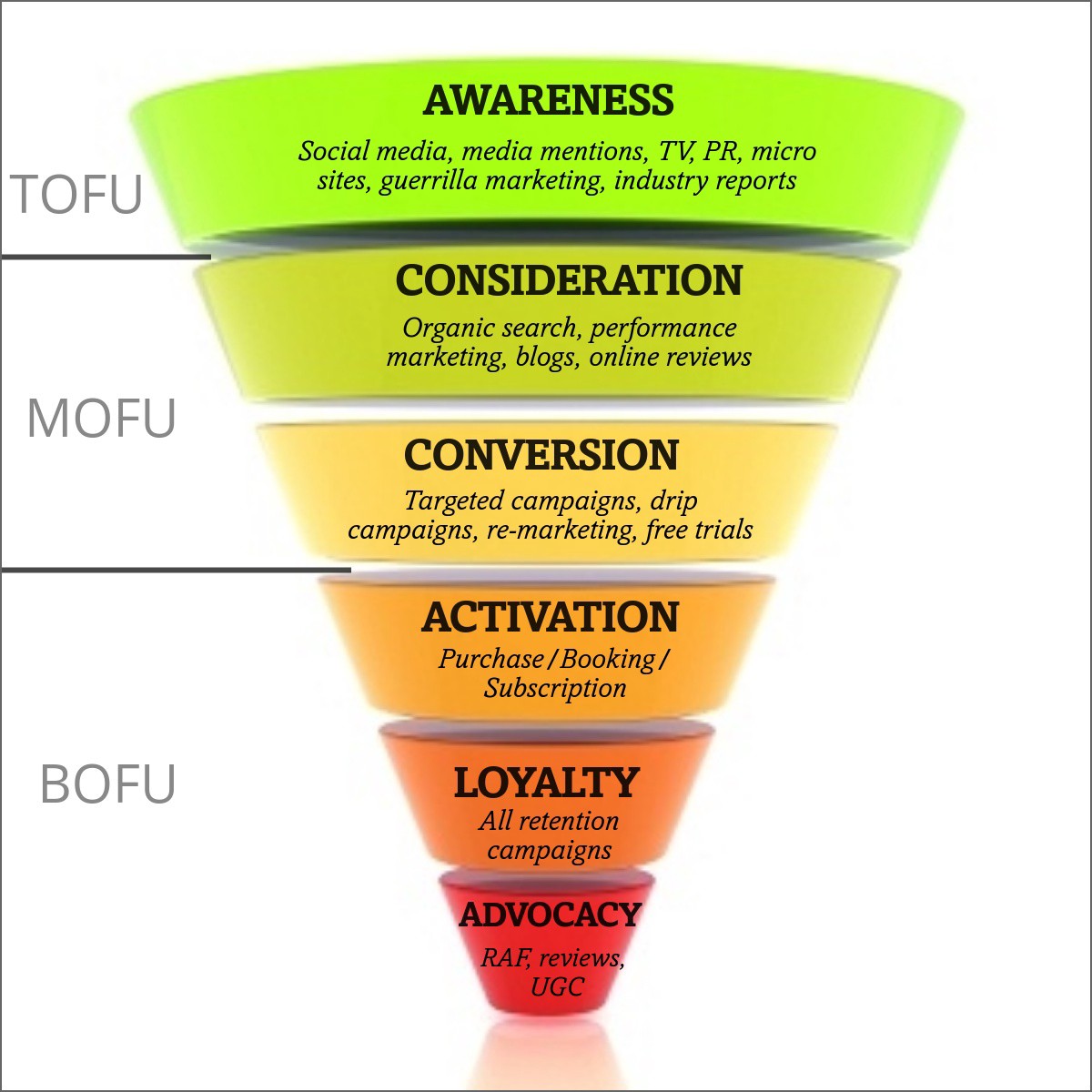
You need a strategy to achieve your goals if you want to use content marketing to grow your company. A content calendar, KPIs, and goals should be set to guide content marketing. These steps will help you determine who you want to reach, how to deliver your content, and how to measure success. Once you have these steps you can plan the steps you need to take to get there.
Creating a content marketing strategy
A successful content marketing strategy involves developing an editorial calendar and scheduling regular content. It involves planning the types of content that you want to share, identifying your audience and writing each piece of content well. Consistency is another key component of a successful marketing strategy. You can keep a steady stream new content flowing by publishing enough content. It is important that you consider the stages of life and how they consume content.
Set SMART goals
When planning your content marketing strategy, setting SMART goals for your strategy is vital. As a rule, SMART targets should be specific. They should be measurable, realizable, realistic, time-bound, and easily attainable. This framework will help keep you on track and measure your success. It is important to set realistic goals that challenge people. To keep you on track, it's important to set time limits.

Defining KPIs
A content marketing strategy can't be complete without metrics. To track your progress, you can use page views as a simple metric. In addition to page views, you can segment traffic by channel and determine if one channel is driving more traffic than another. This way, you can see exactly where your efforts are paying off. But it is not enough to know the number of page views; you also need to consider other metrics, like conversion rates, to fully understand the effectiveness of your content marketing.
How to make a content calendar
A content calendar is vital for creating high-quality, consistent content. It will allow you to identify the top topics and trends. You can use it as a tool to help plan for how you want to publish and reuse your content on multiple channels. A content calendar can make it easier to manage your content production. It can help you find gaps in content marketing strategies and alerts you to great copy well in advance. It's also a good way to track your content output, and identify potential collaboration opportunities.
Attracting new members
A content marketing strategy that works will increase traffic to your site and help you sell more. Content marketing encompasses many formats such as videos, photographs, and articles. The strategy defines which of these forms of content will be most beneficial for your business and which ones won't. You can also define your content distribution channels and goals. To attract audience members, your content should be useful to your target audience. We will be discussing some of the many benefits of content marketing in the next paragraphs.

FAQ
How does Content Marketing work
A visitor to your site is searching for something in particular. If they find what they need, great! But if not, they'll leave and go look elsewhere. Content marketing is about creating useful, helpful information that answers queries, solves problems, or provides value. This content can be shared across all platforms (emails, social media, etc.). It will be available to everyone at all times.
How can I determine success with content marketing
There are many ways to measure the success of your content marketing efforts. One way to measure the effectiveness of your content marketing efforts is to monitor how many visitors visit your website. Another option is to monitor how many leads are generated.
What is the best Content Management platform?
There are lots of different platforms available today. Each one comes with its pros and con. Here are a few popular options:
-
WordPress is simple to set-up and manage. A great community of users.
-
Wix - Easier than WordPress to set up and maintain. You do not need to have any technical knowledge.
-
Squarespace is the best choice for those already having a site.
-
Blogger - Free blog service
-
Medium - A place for writers to share their work.
-
Instagram - An image-based platform.
-
LinkedIn – A networking tool.
-
Facebook - A social network.
-
YouTube - Video sharing platform.
-
Pinterest - Image-based platform.
-
Google Analytics – Track visitor behavior.
-
Hubspot - Email marketing software.
-
MailChimp is an email marketing software.
What is the ROI of a Content Marketing Strategy for me?
Businesses that adopt a Content Marketing Strategy experience a 5-10x increase in return on their investment (ROI) than businesses that don’t.
A Content Marketing Strategy is used to generate leads and sell.
It's also designed to provide valuable insights into your business. These insights help you make smarter business decisions. For example, they can help you identify new opportunities and improve customer service.
Let me tell you how much you can make from your Content Marketing Strategy.
It's possible to double your overall revenues.
Why is content so important?
Digital marketing campaigns are dominated by content. In order to attract new customers you will need to create relevant content. Blogging is the best method to do this. Blogs help you establish authority in your niche and make you more trustworthy. You can build trustworthiness, which increases your search engine rankings. And when you rank high, you get traffic from organic searches.
How do you make good content?
A good piece of content should be informative, helpful, and easy to share. The best content includes a call to action. For example, a button or link that allows users to sign up for a free trial or read more about a product or buy something from your website. You should also include visuals in your content to make it easy to share across all media.
Statistics
- We found that 40% of businesses don't have a documented strategy yet. (semrush.com)
- This marketing strategy landed Ford a 15.4% conversion rate. (neilpatel.com)
- Progress indicators (0–100%) allow each team member to see how attainable each goal is and understand what remains to be accomplished. (semrush.com)
- An example of an overarching goal could be: "In 2022, we want to achieve a 20% increase in revenue created by organic content and generate 15,000 MQLs with a budget of $30,000." (semrush.com)
- Seventy-two percent business to business (B2B) (mailchimp.com)
- According to our research, 65% of companies with very successful content marketing in 2021 ran content audits at least twice a year. (semrush.com)
- According to the Content Marketing Institute, 70% of B2B marketers and 86% of B2C marketers surveyed use content marketing in some form or other. (criteo.com)
- In fact, would pay more for a better customer experience, and 86% of B2B buyers would pay more. (neilpatel.com)
External Links
How To
Infographic Creation Tips for Content Marketing
Infographics are one of the most effective ways to explain complex concepts simply, making information easy to understand. Use infographics as a tool to promote your content marketing message.
To create an infographic using design software such Adobe Illustrator, Photoshop or other similar programs, you will need Adobe Illustrator. These programs can be used for drawing out shapes and elements to represent data. After that, you can add fonts and colors to make it look professional. Once you are happy with your design, you can upload images to Unsplash and Pixabay for your design.
Check out existing infographics online to get some ideas. A picture of a food Pyramid could be used to show how many calories each food has. You might also want to calculate how many calories are in soda pop. This can be done by taking a picture with a bottle of Coke.
Once you have created your infographic it is possible to share it via social media channels like Facebook, Twitter and Google+. This helps people who aren't familiar with the concept learn about it. You can include hashtags in your infographic if you want to share it on social media. Users can follow conversations around specific topics using hashtags.
An infographic is a shorter version of a blog post. A blog post may be 2000-5000 words long. An infographic requires only 500-1000 words. This means you can easily convey more information with less space.
Keep in mind that viewers may have difficulty reading small fonts when creating your infographic. You should use large fonts for your infographics. Don't rely too heavily upon color. You must also ensure that your text is easily read.
Here are some additional tips :
-
Choose an Infographic Design Template. Many templates are available in both printable and online formats. Canva, Piktochart or Google Slides are three of the most well-known templates.
-
Make your Infographic. Create your infographic using the template. Any media you choose is acceptable for your audience. For example, creating an infographic about the best places to eat in Seattle might choose photos of local restaurants.
-
Add Text. After creating your infographic, add text with Microsoft Word, PowerPoint, and Canva.
-
Add Images. Add images to an infographic. These images can include charts, graphs and icons. You should make sure that the picture you upload is related to your topic.
-
Make It Interactive. You can add interactive elements, such as maps, buttons, and links. This will engage your audience.
-
Share. Share the infographic once you're done.
-
Measure. What was the performance of your infographic? Did they click through to your site? Did they signup for your mailing list? Was their reaction to the infographic?
-
Improve. Is there anything you can do to improve your infographic Are you able to do it better the next time?
-
Repeat. Do this again!